

The biggest threats to our planet’s species are humans. Our world’s population is increasing by millions each year. All these people are using more and more resources, leaving fewer resources for Earth’s other species.
Find out how humans are threatening species, and what we can do to help protect them.
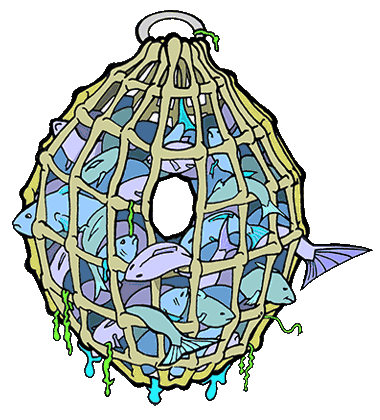

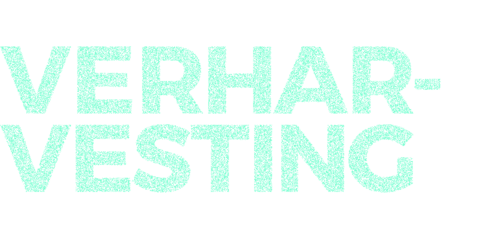
Humans use thousands of the world’s species in their daily lives for food, shelter, and medicine. But these natural resources are limited. People can take only so many fish from the sea or cut down so many acres of forests without permanently damaging ecosystems and threatening species. For many species, this “overharvesting” may mean total extinction.
Enough Fish in the Sea?
Every year, people catch about 85 million tons of fish and other marine animals. Advances in fishing technology are increasing the worldwide “catch” to keep pace with rising populations and demands for seafood. Fishing has become so intensive and efficient that many marine populations are shrinking. These species cannot recover quickly enough to survive constant overfishing.
What you can do:
-
Be sure that fish and other food you buy don’t come from overharvested areas.
-
Don’t buy wood or wood products from threatened native forests like Pacific maple, California redwood, mahogany, ebony, or teak.
- Buy recycled or salvaged wood whenever possible.
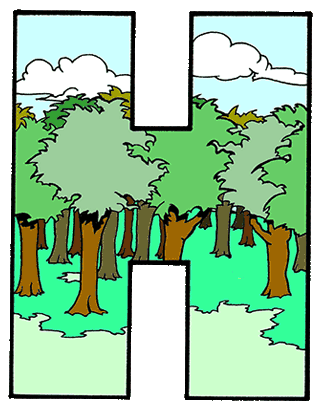

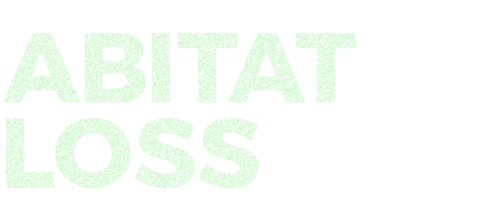
When people cut down forests, build cities, or make roads, they destroy habitats–the places where plants, animals, and other organisms live.
Preserving the Ancient Forests
Deep in the ancient forests of the Pacific Northwest live some of the oldest and largest trees in the world. For centuries, Douglas firs and cedars have towered above the forest floor. But these majestic trees are only part of the rich areas known as old-growth forests. They are home to hundreds of plant and animal species.
Old-growth forests used to extend across the Pacific Northwest, but these precious habitats are quickly disappearing. In some cases, logging has destroyed the forest animals’ habitats.
What you can do:
- Before you buy wood, make sure it comes from a “sustainable forest,” a forest where trees are replanted.
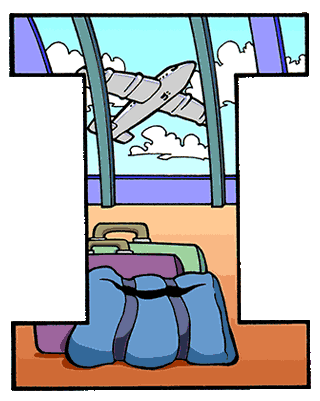

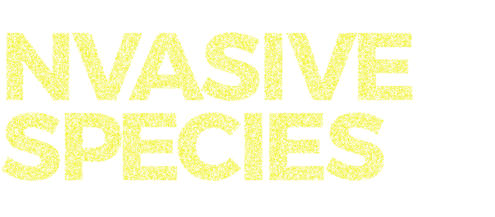
Seeds catch in people’s clothes. Snakes stow away on airplanes. Settlers bring animals to control pests. When species land in a new place, they often either prey upon the species already there or compete with them for food or space.
Hawaii’s Unwelcome Visitors
Long ago, Hawaii’s lush islands were home to many native birds found nowhere else on Earth. But everything changed when people came to Hawaii. They hunted some of the birds to extinction . The animals they brought were even more dangerous. Some, like chickens, infected the native birds with diseases. Others, like cats and snakes, threatened the native birds that couldn’t defend themselves against these new types of predators.
Today, Hawaii’s native bird population has fewer species, and many of the surviving species are endangered.
What you can do:
-
Don’t let your pets hunt wild animals.
-
Don’t release pets—including aquarium fish, turtles, and birds—into the wild.
- Don’t travel with wild plants and animals.
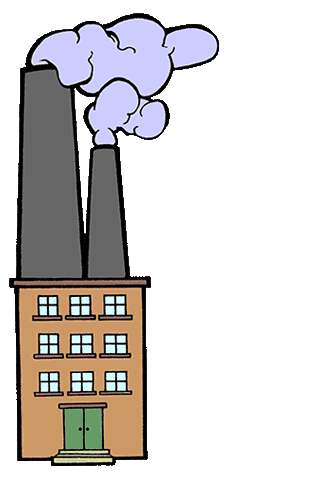

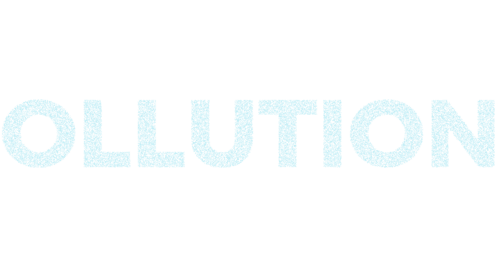
Acid rain destroys forests. Oil spills kill coastal plants and animals. Poisons wash into waterways. Plastic trash entangles wildlife. It’s easy to see how pollution is a big problem for biodiversity.
Reptiles in Danger
Species of turtles lived 210 million years ago, at the same time as the dinosaurs. However, some species that are alive today are in danger of extinction . For example, a serious threat to marine leatherback turtles is probably all over your home—plastic! When people leave plastic bags, sandwich bags, balloons, and other plastic items on the beach they get swept into the ocean. Clear plastic floating in the water looks a lot like the leatherback’s favorite meal—jellyfish. Unsuspecting turtles eat the plastic trash, mistaking it for food. Since it’s impossible to digest, plastic’s a dangerous diet for any animal!
What you can do:
-
Don’t use too many plastic bags when they’re not necessary.
- Always make sure you throw away your garbage in a trash can and avoid releasing balloons into the air.


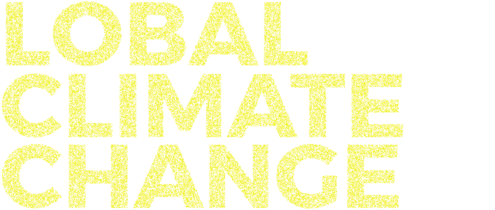
Greenhouse gases, like carbon dioxide and methane, are building up in Earth’s atmosphere. They trap heat and contribute to a worldwide rise in temperature–a global warming that endangers the planet’s species and habitats.
Melting Away
The Earth’s glaciers and polar ice caps may seem like indestructible mountains of ice, but they are slowly melting from global warming. Climate change is causing sea levels to rise, increasing the risk of floods in some coastal areas.
Human activity has an impact on global temperatures. Cars and factories burn fossil fuels , which raise the level of carbon dioxide in the atmosphere. Decomposing waste in landfills and increased livestock rearing add to the amount of methane in the air. In fact, almost 30% of the methane in the air may be from animals like cows passing gas! To cap it all off, deforestation (cutting down forests for agriculture and other uses) means there are fewer green plants to help keep the atmosphere in balance.
What you can do:
-
Help reduce traffic and exhaust: Support bike-friendly cities and roads. Use public transportation when you can.
- Save energy: Use energy efficient light bulbs and appliances. Turn off power when it’s not in use.
Image Credits:
Letters and their animations: Eric Hamilton.




 Biodiversity
Biodiversity
 Brain
Brain
 Genetics
Genetics
 Marine BiOLogy
Marine BiOLogy
 MicrobiOLogy
MicrobiOLogy
 PaleontOLogy
PaleontOLogy
 ZoOLogy
ZoOLogy
 AnthropOLogy
AnthropOLogy
 ArchaeOLogy
ArchaeOLogy
 Astronomy
Astronomy
 Climate Change
Climate Change
 Earth
Earth
 Physics
Physics
 Water
Water
